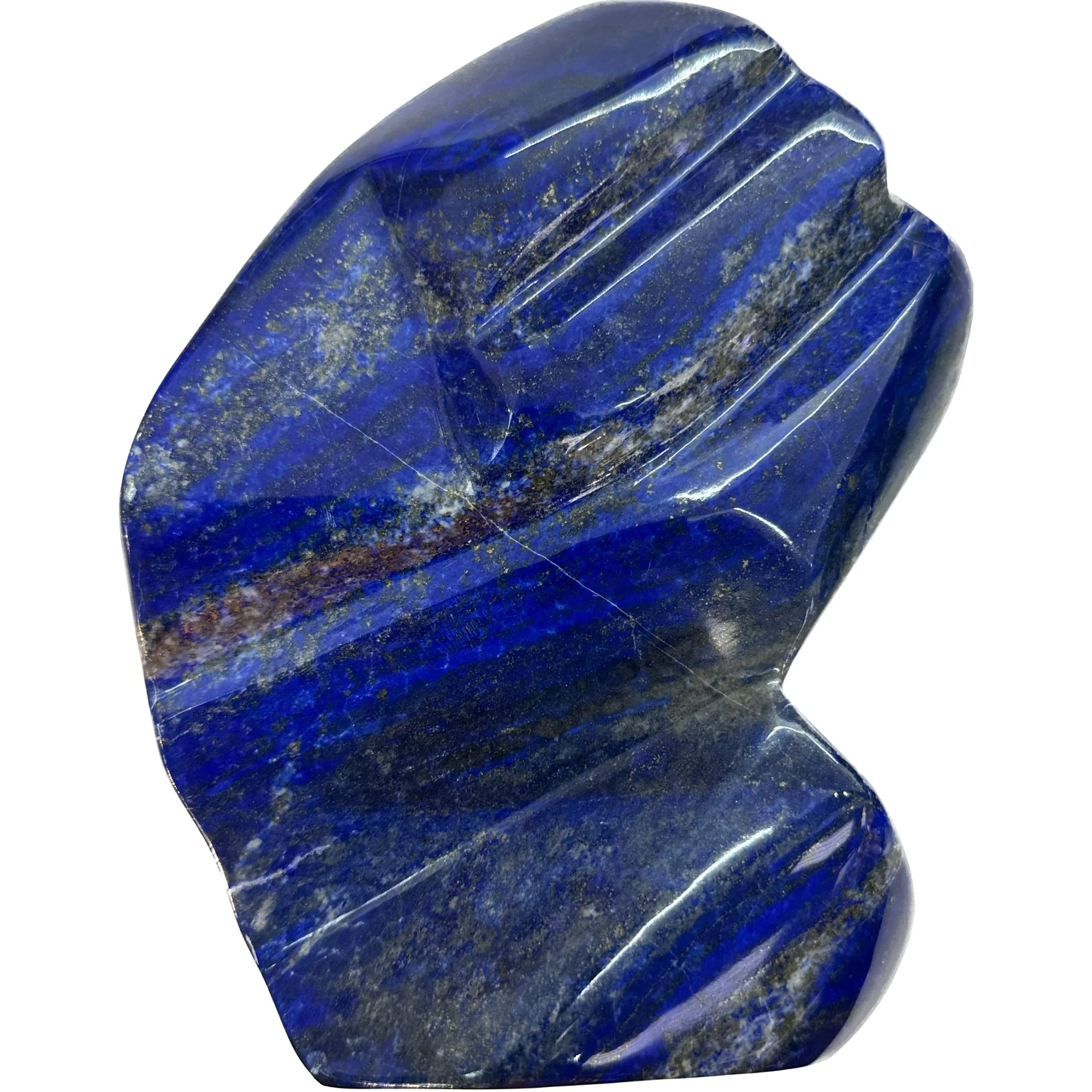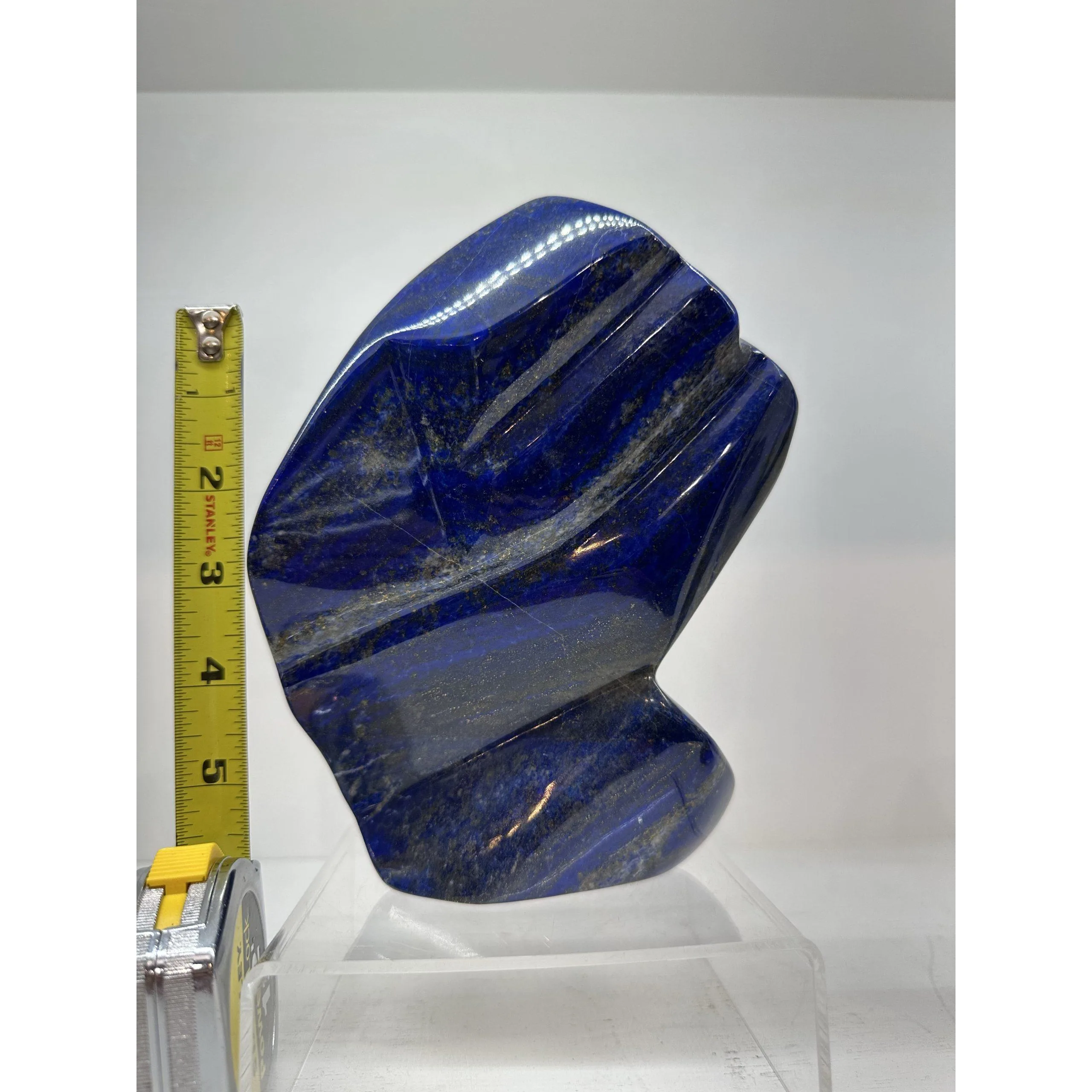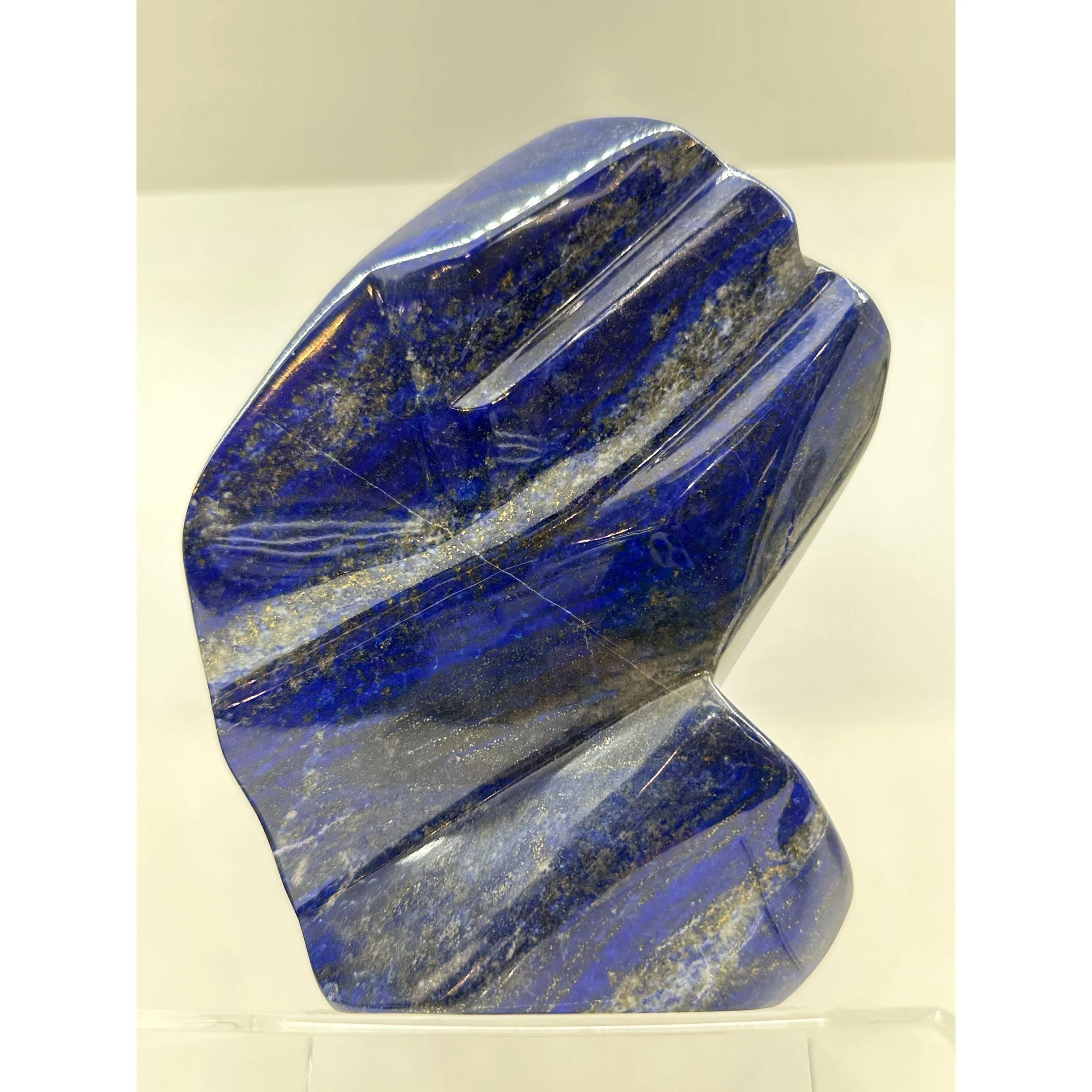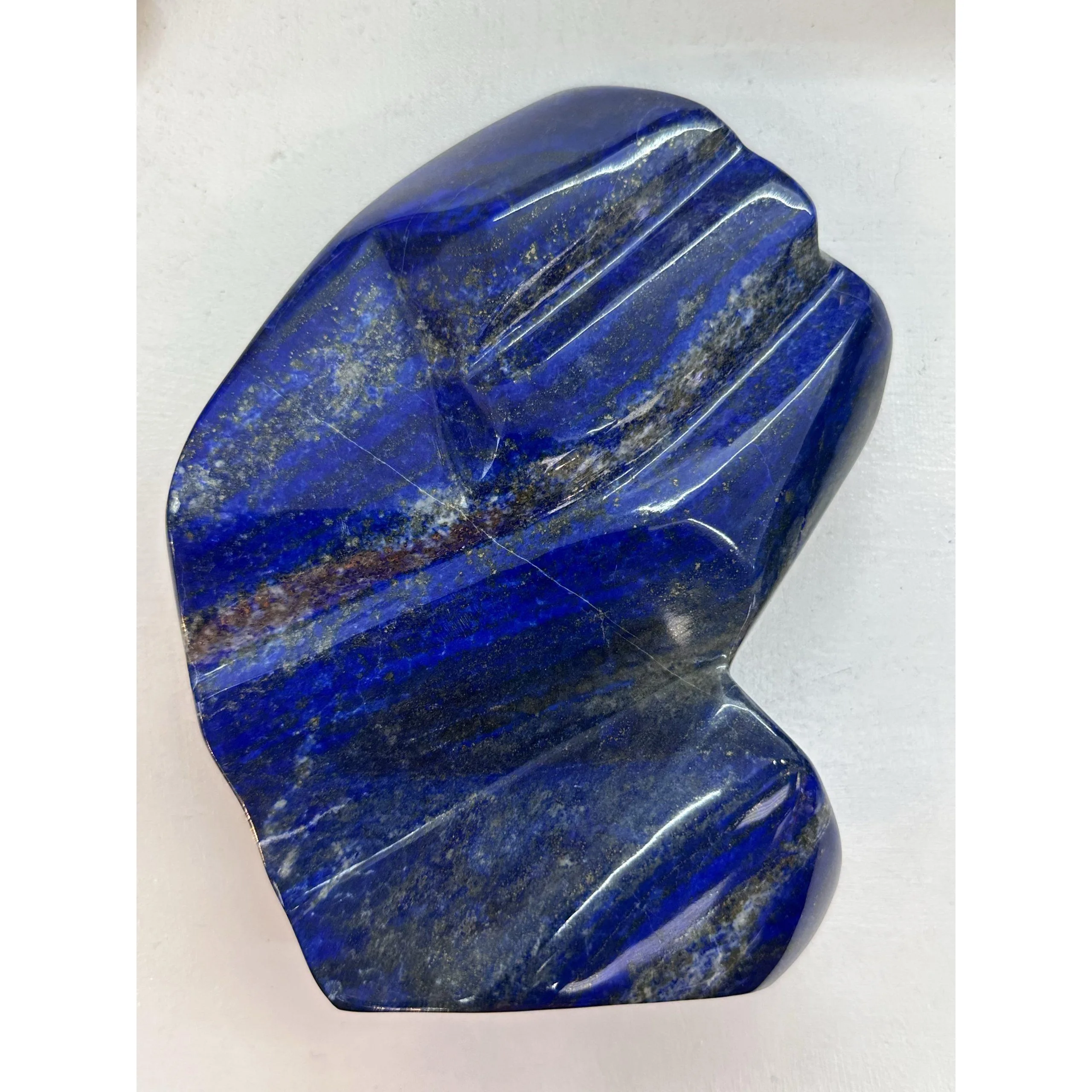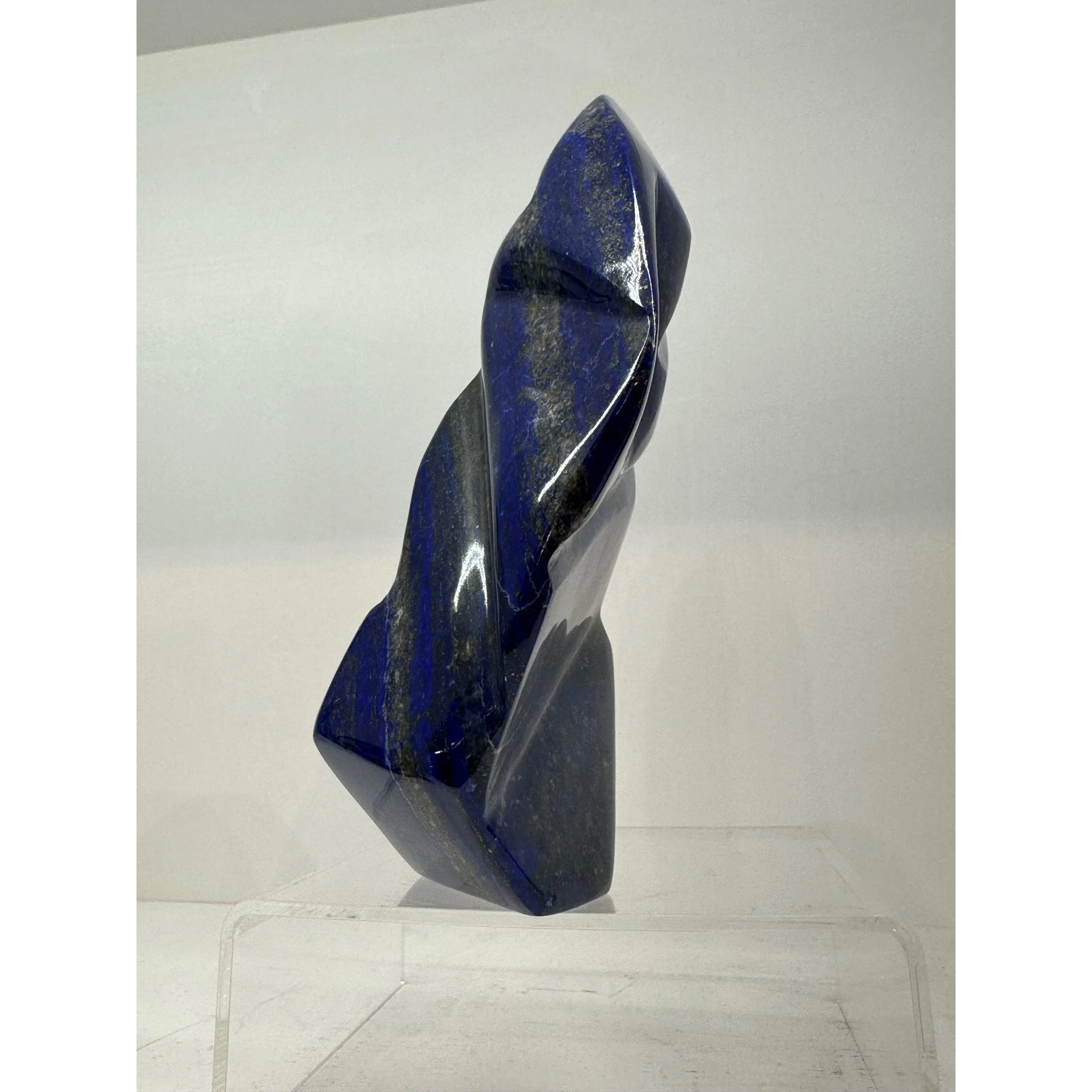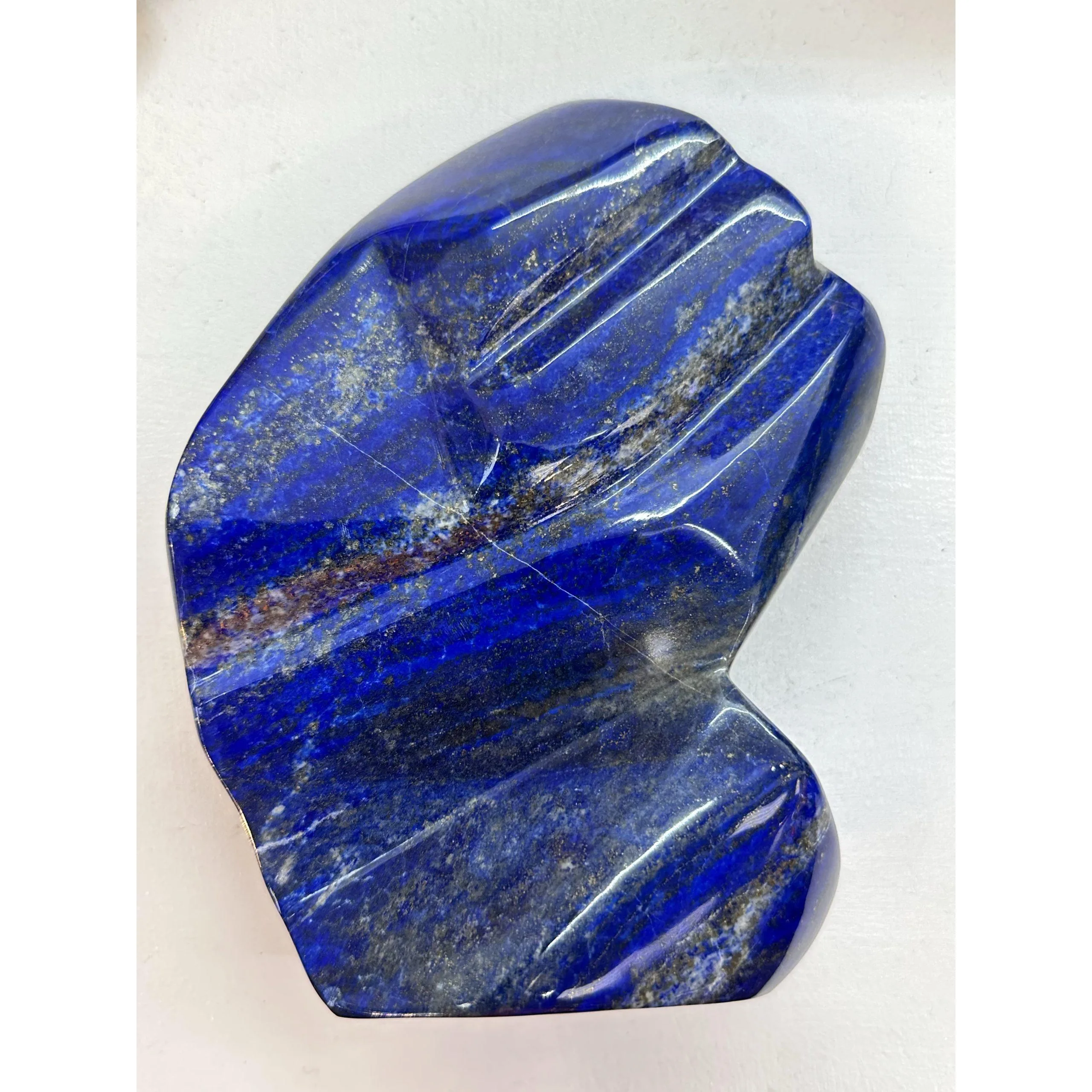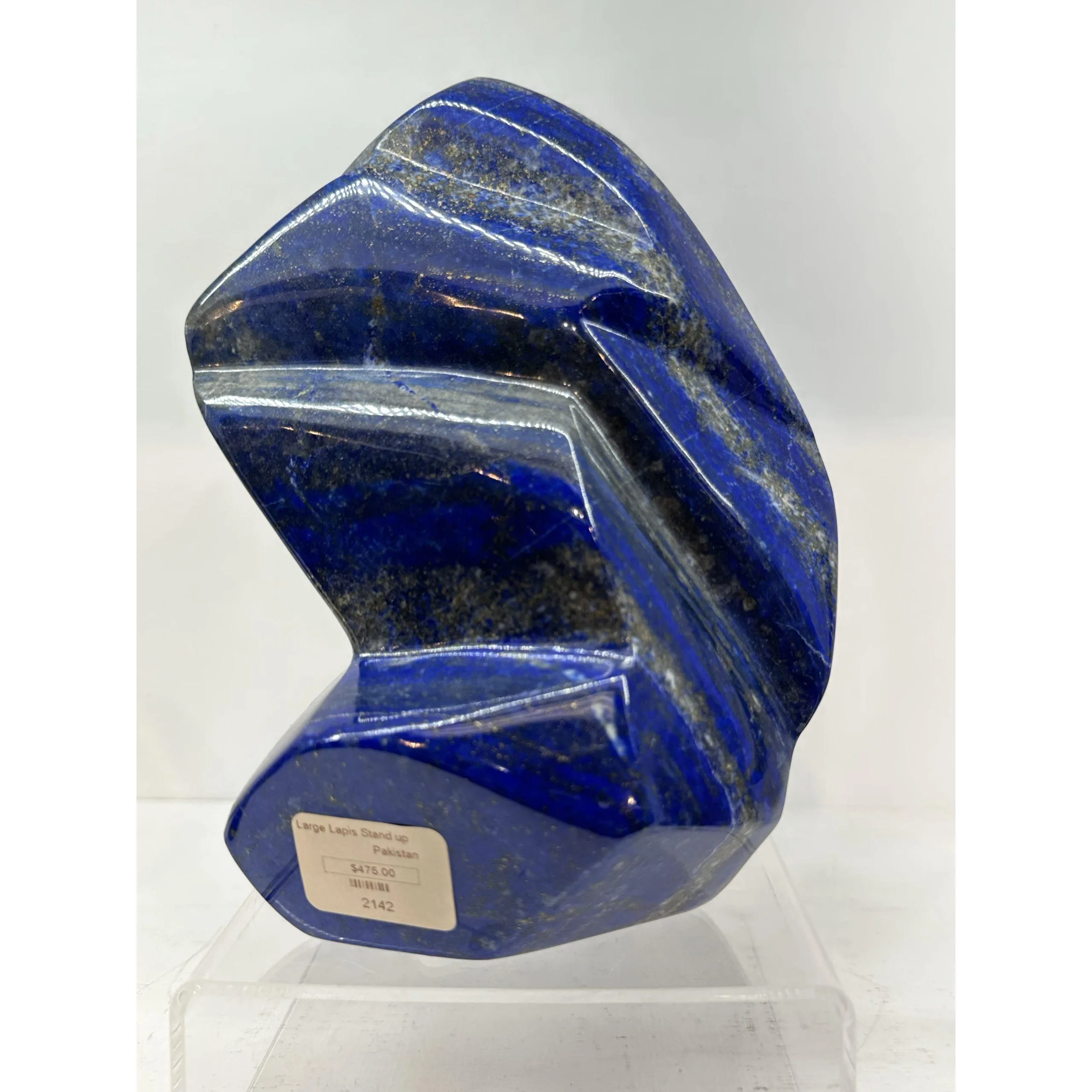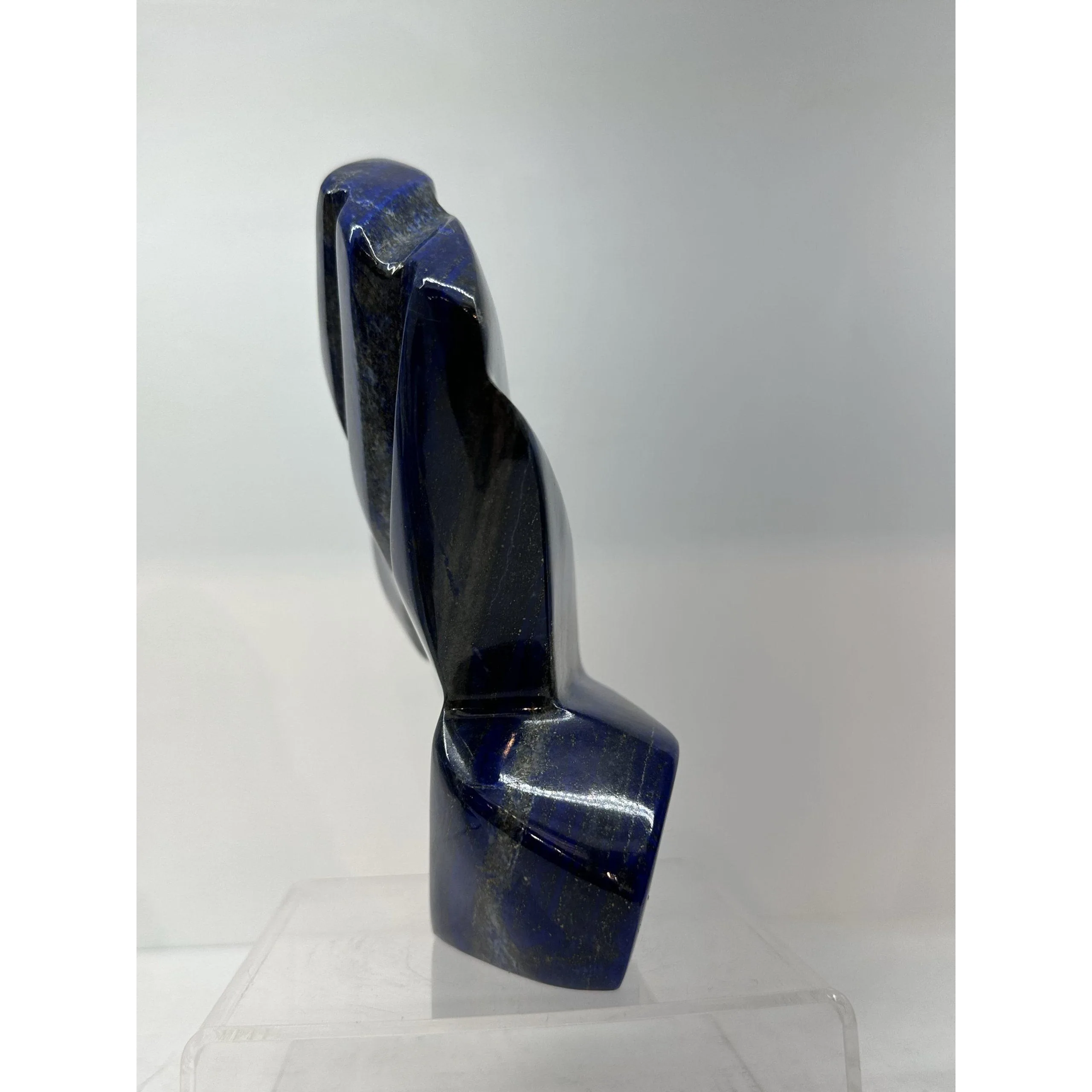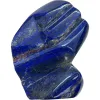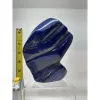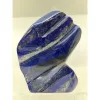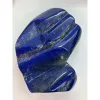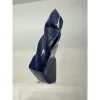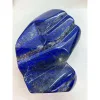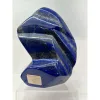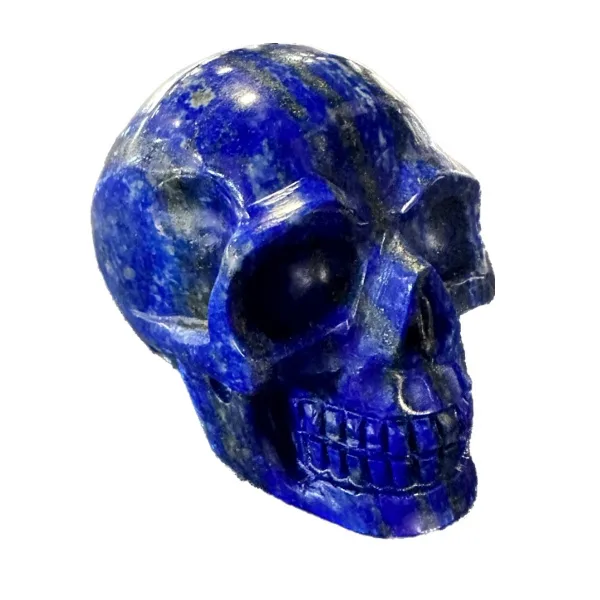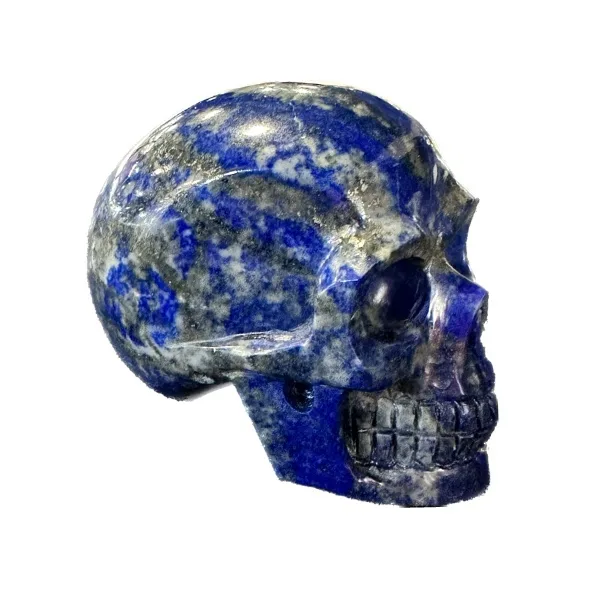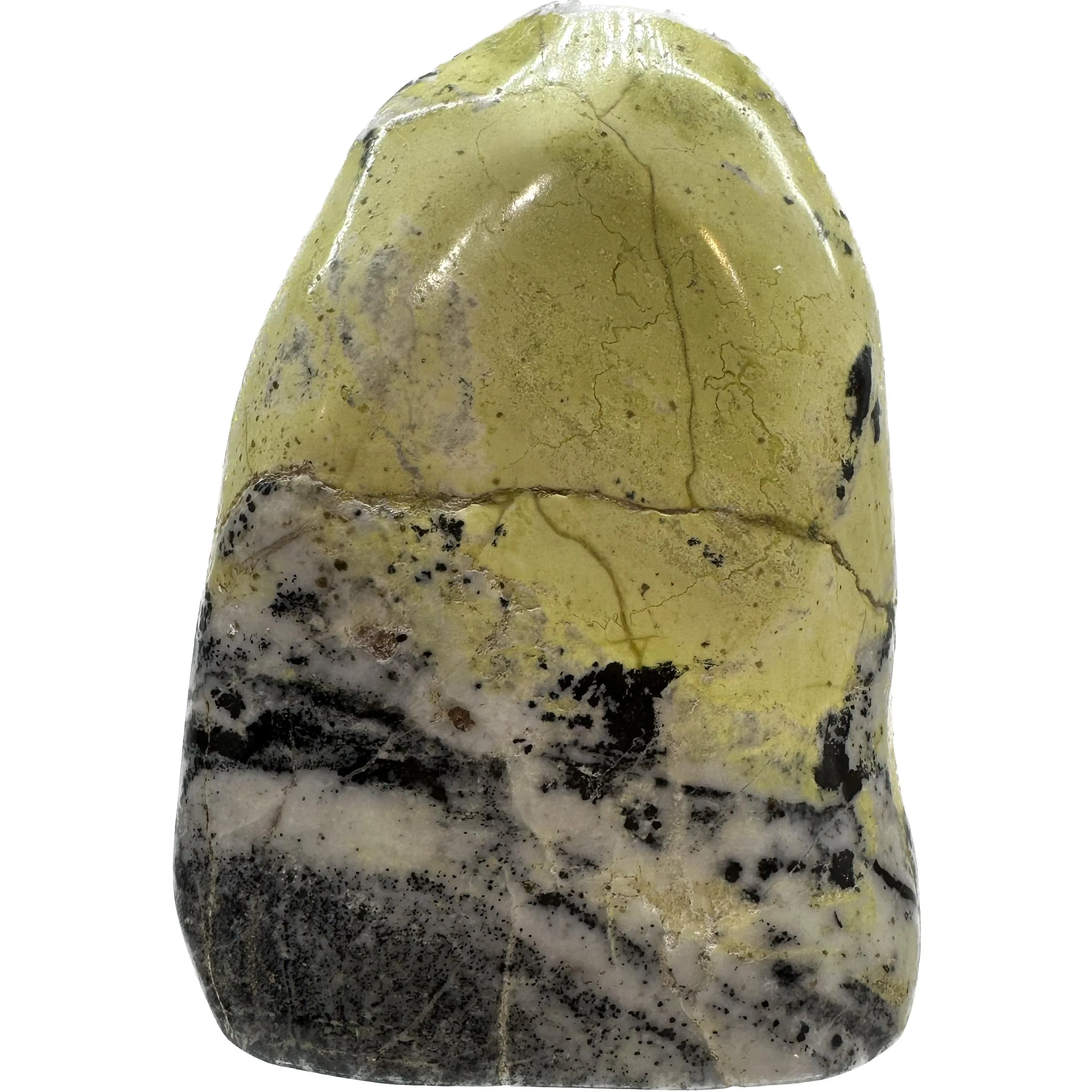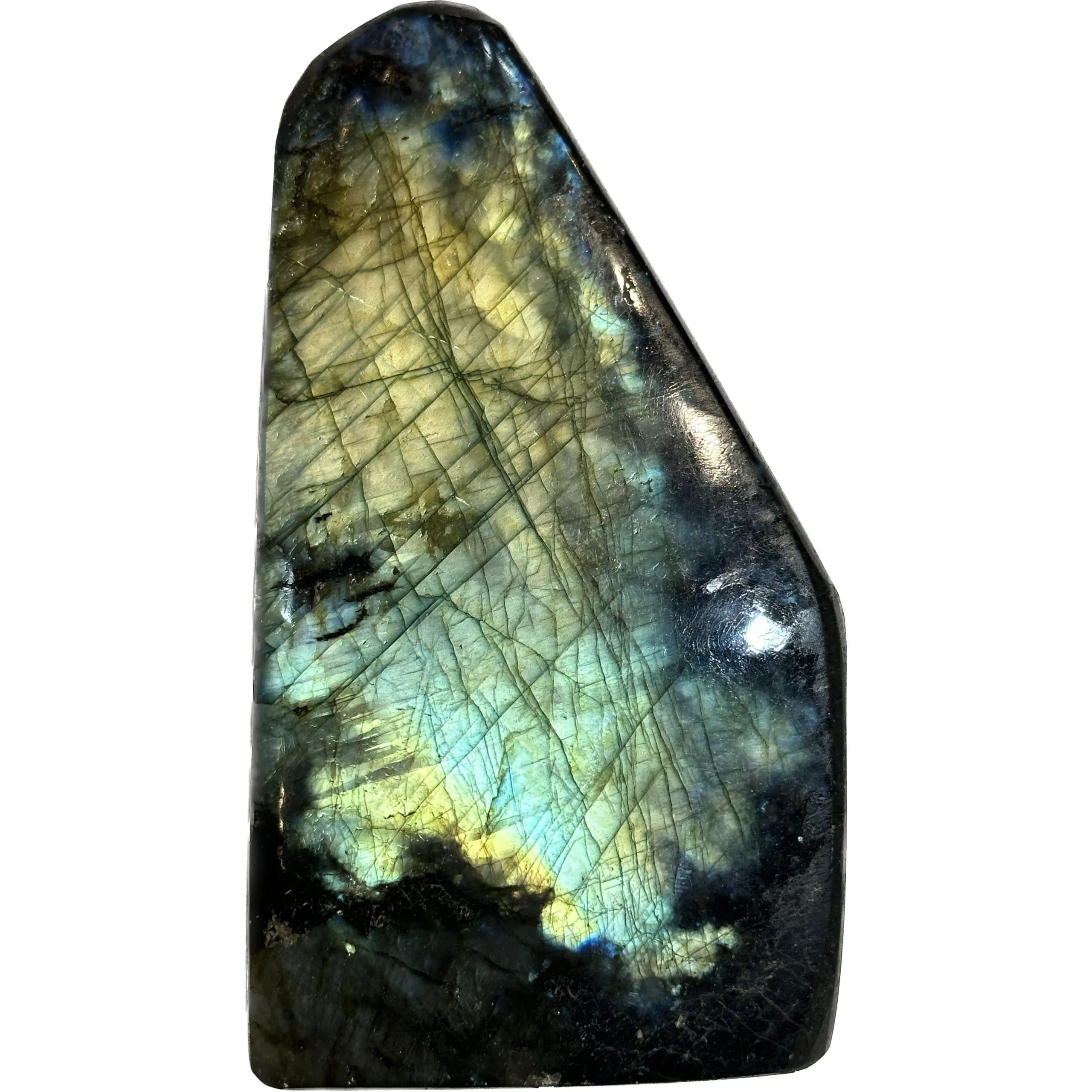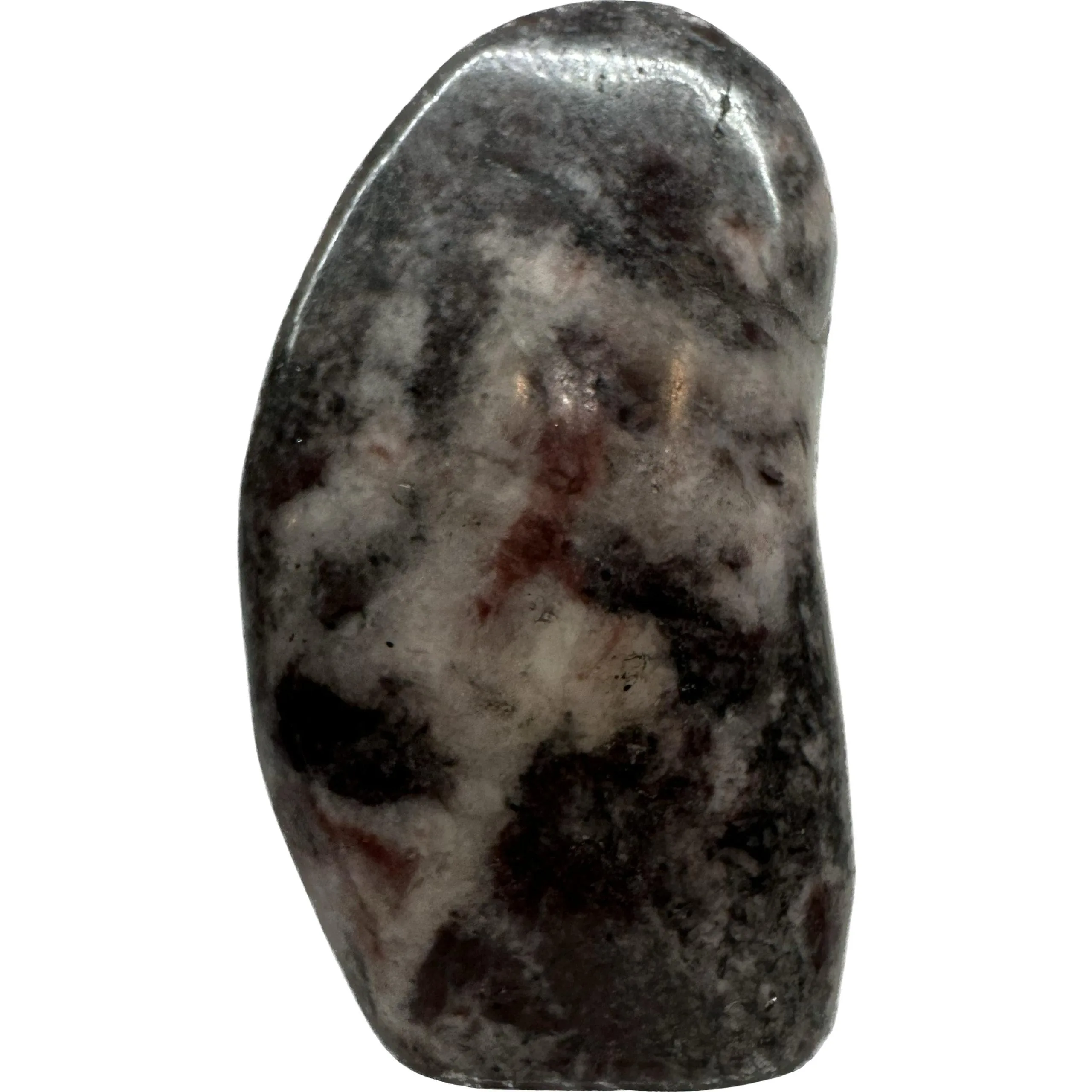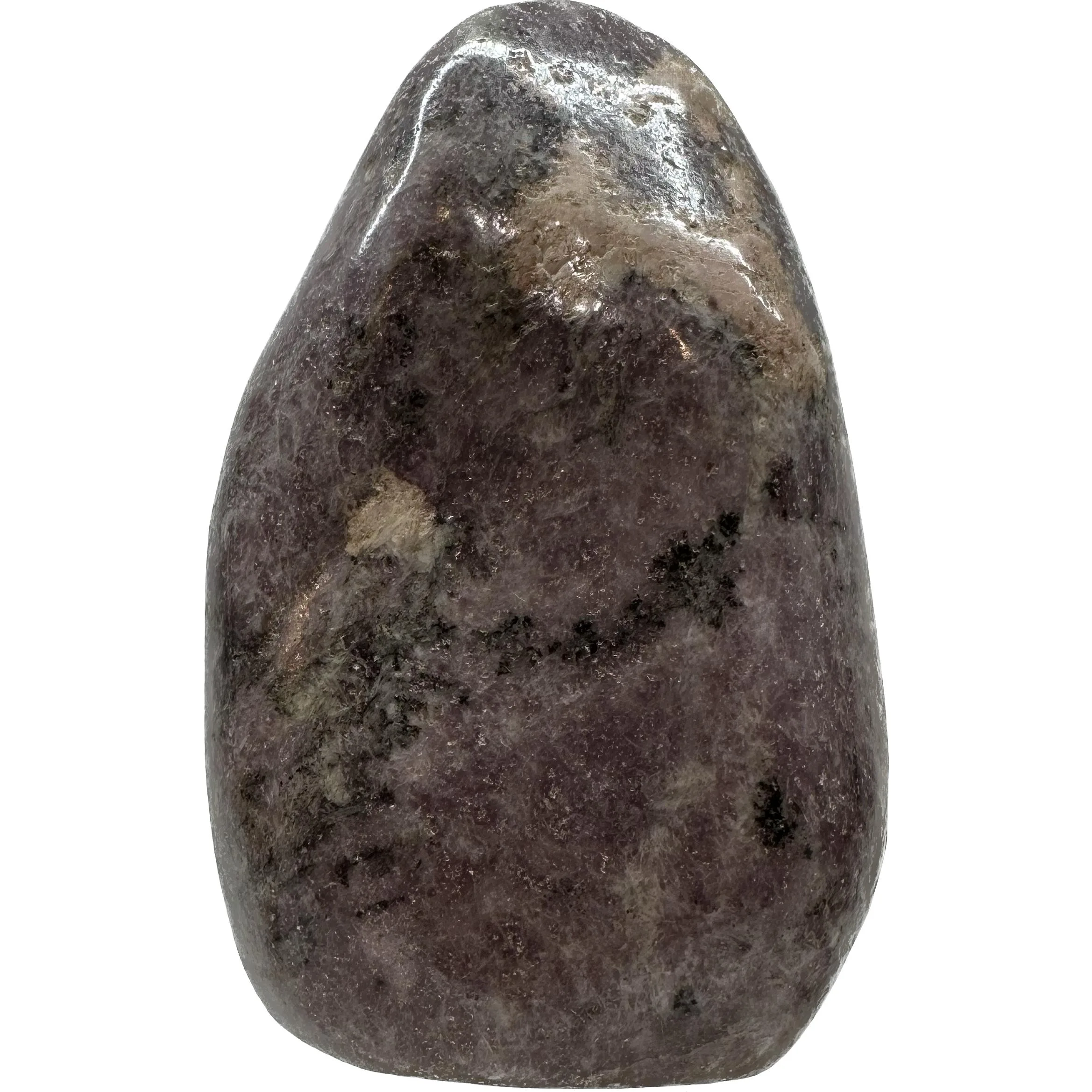Lapis lazuli, a strikingly beautiful gemstone prized for its intense blue color and historical significance, has captivated human cultures for thousands of years. Its rich history, deep symbolism, and diverse uses make it a fascinating subject of study.
Lapis lazuli, scientifically known as sodium calcium aluminum silicate, belongs to the mineral group known as feldspathoids. It is composed mainly of the mineral lazurite, along with varying amounts of calcite, sodalite, and pyrite, which contribute to its distinctive appearance and properties.
The name “lapis lazuli” originates from Latin and Persian words meaning “blue stone,” reflecting its characteristic deep blue hue. This vivid blue color, often likened to the color of the sky or the ocean, has made lapis lazuli highly sought after throughout history. Ancient civilizations valued lapis lazuli for its rarity and beauty, considering it a symbol of royalty, power, and spirituality.
The history of lapis lazuli dates back thousands of years, with evidence of its use found in artifacts from ancient civilizations such as Mesopotamia, Egypt, Greece, and Rome. In ancient Egypt, lapis lazuli was highly prized and used extensively in jewelry, amulets, and decorative objects. It was associated with the goddess Isis and was believed to offer protection, promote wisdom, and bring inner peace.

Similarly, in Mesopotamia, lapis lazuli was revered as a sacred stone associated with the goddess Inanna. It was used in religious ceremonies, seals, and amulets, with the belief that it could ward off evil spirits and bring good fortune.
The ancient Greeks and Romans also valued lapis lazuli for its beauty and symbolism. It was often used in jewelry, carvings, and ornaments, with the color blue representing the heavens and divine wisdom. Lapis lazuli was also ground into powder and used as a pigment for painting and cosmetics, most notably in the creation of ultramarine, one of the most expensive and sought-after pigments of the Renaissance.
During the Middle Ages, lapis lazuli continued to be highly prized in Europe, where it was known as “sapphire” or “sapphire of the ancients.” It was used in religious art, illuminated manuscripts, and royal regalia, symbolizing the divine and celestial realms. However, its scarcity and high cost limited its availability to the wealthy and powerful elite.
The trade routes known as the Silk Road played a crucial role in the spread of lapis lazuli from its primary source in Afghanistan to other parts of the world. Afghanistan, particularly the Sar-i-Sang mines in the Badakhshan province, has been the principal source of lapis lazuli for thousands of years. The ancient Egyptians, Mesopotamians, and later civilizations obtained lapis lazuli from these mines through trade routes that connected the East to the Mediterranean and beyond.
In addition to its use in jewelry and art, lapis lazuli has been associated with various metaphysical and healing properties. In traditional Chinese medicine, lapis lazuli was believed to promote inner peace, enhance spiritual enlightenment, and stimulate mental clarity. Similarly, in Ayurvedic medicine, it was used to balance the throat chakra and promote communication and self-expression.
In contemporary times, lapis lazuli continues to be valued for its beauty and metaphysical properties. It is still used in jewelry, carvings, and ornamental objects, with Afghanistan remaining the primary source of high-quality lapis lazuli. However, advances in mining technology have led to the discovery of lapis lazuli deposits in other parts of the world, including Chile, Russia, and the United States.
Gemologists and lapidaries prize lapis lazuli for its rich color, durability, and potential for carving and polishing. Its deep blue hue, often flecked with golden pyrite inclusions, gives each piece a unique and captivating appearance. Lapis lazuli jewelry, with its timeless elegance and symbolic significance, remains popular among collectors and enthusiasts worldwide.
Prehistoric 101 (Learn about fossils, minerals, and meteorites)
Discovering Prehistoric Life and Fossils

